Umme Zahoora
A Recent Survey of Vision Transformers for Medical Image Segmentation
Dec 01, 2023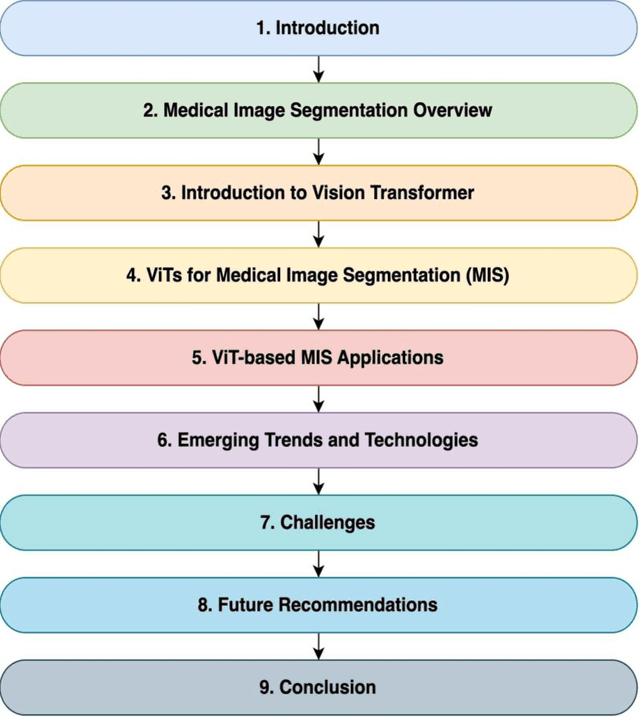
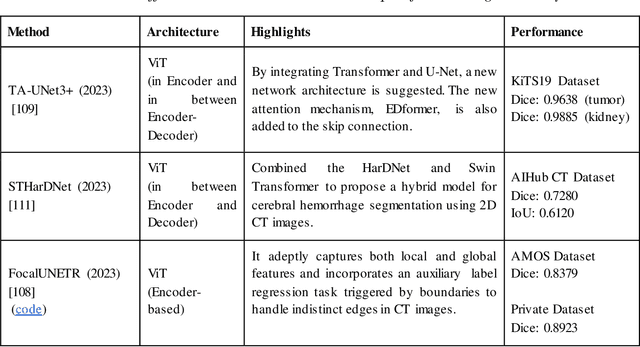

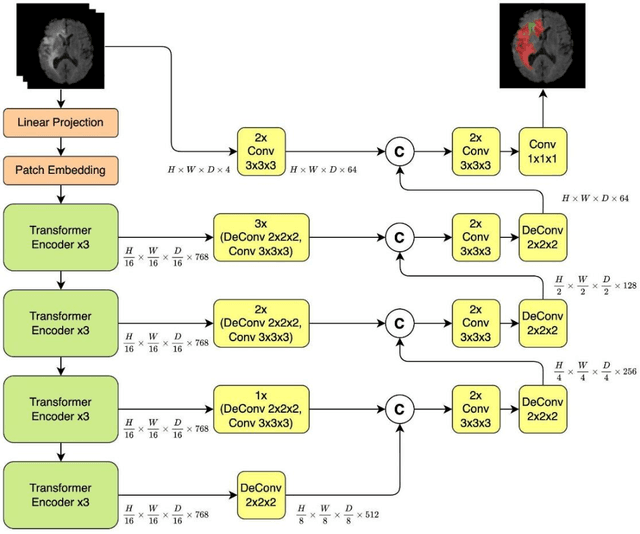
Abstract:Medical image segmentation plays a crucial role in various healthcare applications, enabling accurate diagnosis, treatment planning, and disease monitoring. In recent years, Vision Transformers (ViTs) have emerged as a promising technique for addressing the challenges in medical image segmentation. In medical images, structures are usually highly interconnected and globally distributed. ViTs utilize their multi-scale attention mechanism to model the long-range relationships in the images. However, they do lack image-related inductive bias and translational invariance, potentially impacting their performance. Recently, researchers have come up with various ViT-based approaches that incorporate CNNs in their architectures, known as Hybrid Vision Transformers (HVTs) to capture local correlation in addition to the global information in the images. This survey paper provides a detailed review of the recent advancements in ViTs and HVTs for medical image segmentation. Along with the categorization of ViT and HVT-based medical image segmentation approaches we also present a detailed overview of their real-time applications in several medical image modalities. This survey may serve as a valuable resource for researchers, healthcare practitioners, and students in understanding the state-of-the-art approaches for ViT-based medical image segmentation.
Malware Classification Using Deep Boosted Learning
Jul 08, 2021
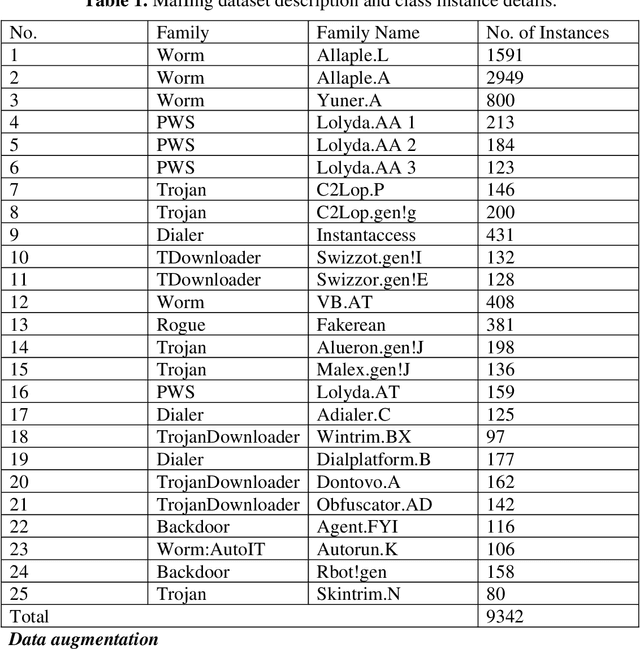
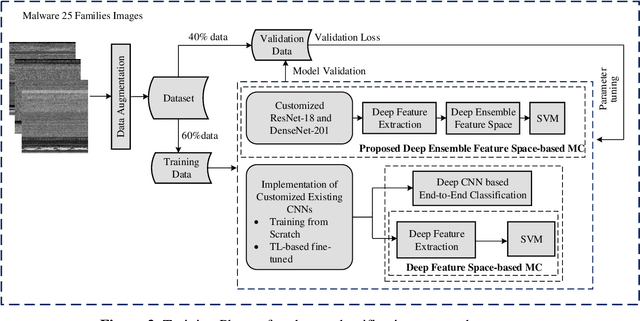
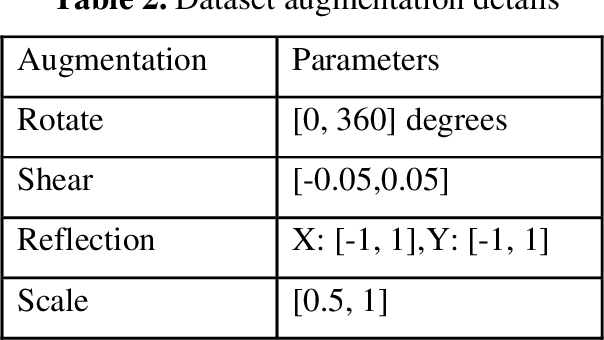
Abstract:Malicious activities in cyberspace have gone further than simply hacking machines and spreading viruses. It has become a challenge for a nations survival and hence has evolved to cyber warfare. Malware is a key component of cyber-crime, and its analysis is the first line of defence against attack. This work proposes a novel deep boosted hybrid learning-based malware classification framework and named as Deep boosted Feature Space-based Malware classification (DFS-MC). In the proposed framework, the discrimination power is enhanced by fusing the feature spaces of the best performing customized CNN architectures models and its discrimination by an SVM for classification. The discrimination capacity of the proposed classification framework is assessed by comparing it against the standard customized CNNs. The customized CNN models are implemented in two ways: softmax classifier and deep hybrid learning-based malware classification. In the hybrid learning, Deep features are extracted from customized CNN architectures and fed into the conventional machine learning classifier to improve the classification performance. We also introduced the concept of transfer learning in a customized CNN architecture based malware classification framework through fine-tuning. The performance of the proposed malware classification approaches are validated on the MalImg malware dataset using the hold-out cross-validation technique. Experimental comparisons were conducted by employing innovative, customized CNN, trained from scratch and fine-tuning the customized CNN using transfer learning. The proposed classification framework DFS-MC showed improved results, Accuracy: 98.61%, F-score: 0.96, Precision: 0.96, and Recall: 0.96.
A Survey of the Recent Architectures of Deep Convolutional Neural Networks
Jan 17, 2019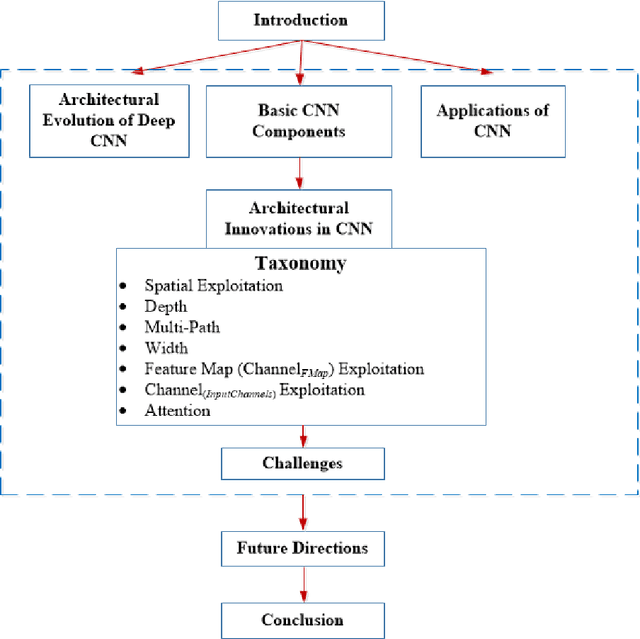
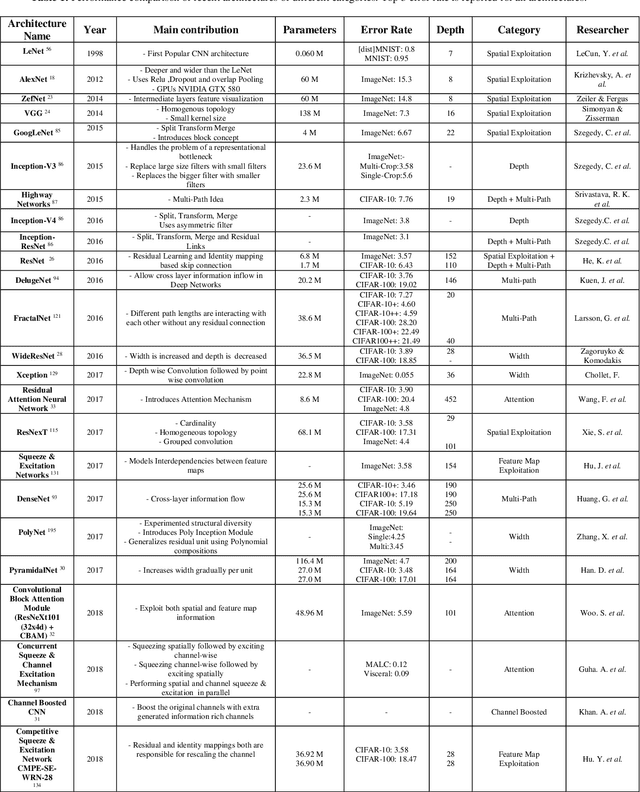
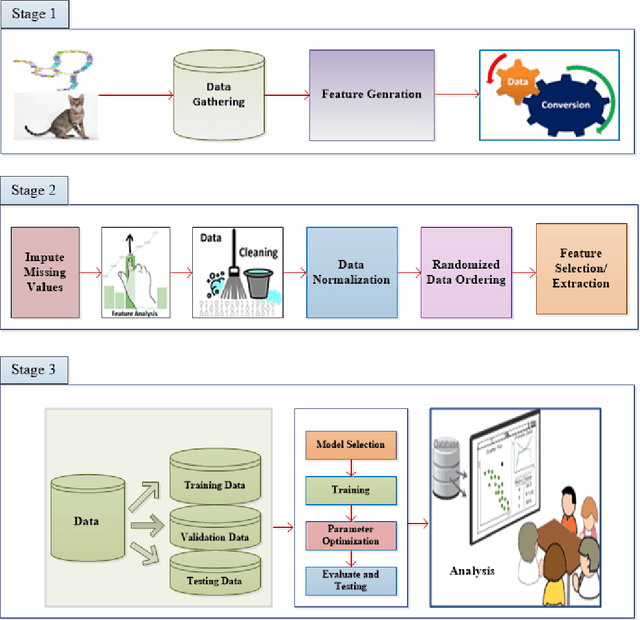
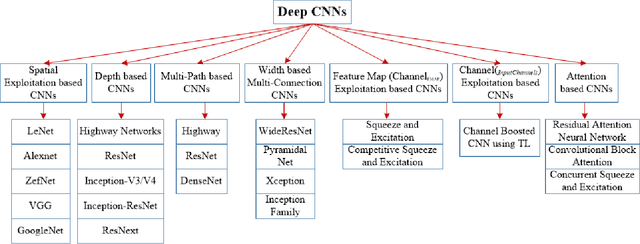
Abstract:Deep Convolutional Neural Networks (CNNs) are a special type of Neural Networks, which have shown state-of-the-art results on various competitive benchmarks. The powerful learning ability of deep CNN is largely achieved with the use of multiple non-linear feature extraction stages that can automatically learn hierarchical representation from the data. Availability of a large amount of data and improvements in the hardware processing units have accelerated the research in CNNs and recently very interesting deep CNN architectures are reported. The recent race in deep CNN architectures for achieving high performance on the challenging benchmarks has shown that the innovative architectural ideas, as well as parameter optimization, can improve the CNN performance on various vision-related tasks. In this regard, different ideas in the CNN design have been explored such as use of different activation and loss functions, parameter optimization, regularization, and restructuring of processing units. However, the major improvement in representational capacity is achieved by the restructuring of the processing units. Especially, the idea of using a block as a structural unit instead of a layer is gaining substantial appreciation. This survey thus focuses on the intrinsic taxonomy present in the recently reported CNN architectures and consequently, classifies the recent innovations in CNN architectures into seven different categories. These seven categories are based on spatial exploitation, depth, multi-path, width, feature map exploitation, channel boosting and attention. Additionally, it covers the elementary understanding of the CNN components and sheds light on the current challenges and applications of CNNs.
 Add to Chrome
Add to Chrome Add to Firefox
Add to Firefox Add to Edge
Add to Edge